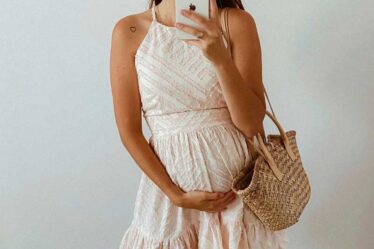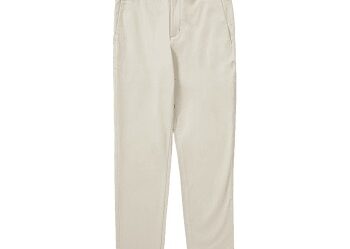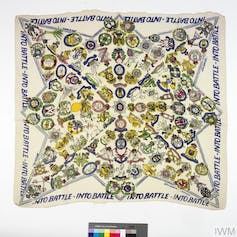
From the death of the suit during the pandemic to Harry Styles appearing on the cover of US Vogue in a dress, the conversations around masculinity and fashion appear to be contemporary, however a new exhibition at the Victoria and Albert Museum aims to link modern men’s fashion to its storied past.
Fashioning Masculinities: The Art of Menswear, which opens on 19 March, will feature a host of contemporary fashion designers (Versace, Calvin Klein, Martine Rose) alongside historical examples of the way men dressed (from Bowie to Beau Brummell). There are more than 100 pieces which the curators hope will illustrate how glacial the trends around men’s fashion actually are.
“This show is not chronological,” explained Claire Wilcox, one of the exhibition’s co-curators. “We’ve juxtaposed the past with the present and tried to show the parallels in the way men have dressed.”
The exhibition has been done in partnership with the fashion label Gucci. Since he began as the brand’s creative director in 2015, Alessandro Michele has been vocal about fashion becoming more gender neutral, detaching menswear from toxic masculinity. He writes in the introduction to the book that accompanies Fashioning Masculinities: “In a patriarchal society, masculine gender identity is often moulded by violently toxic stereotypes … Any possible reference to femininity is aggressively banned.”
In the shadow of #MeToo and toxic masculinity, contemporary conversations around masculinity and fashion have shown no sign of slowing down. The exhibition attempts to show that men were always expressing their gender identities through their clothes.
“There’s a contemporary question of visibility, but if you go back there’s a history of [this in the] 19th, 18th and even 17th century, people were not gender conformists and instead they were expressing themselves through their clothes,” said Rosalind McKever, Wilcox’s co-curator.
Wilcox added that by looking back, Fashioning Masculinities showed that “male fashion has operated in a way that is liberating. A liberation which is still possible today.”
As an expression of the multiple conversations taking place around men’s fashion, the exhibition is split into sections. Undressed explores male body image, in part through discussions around underwear, and asks – in the context of conversations about “dad bods”, “himbos” and plus-size male models – what does an ideal male body look like in 2022?
“By placing historical garments next to contemporary ones, we see that the type of body which might be considered fashionable changes continually,” said Wilcox. “And there’s a number of ‘ideals’ at any given time.”
Featuring many famous two-pieces including Beatles mod-ish “mop top” suits, the second section, Redressed, looks at the past and future of the suit, while the section titled Overdressed looks at peacocking in men’s fashion.
The final section features three gowns that went viral thanks to their wearers: Billy Porter’s tuxedo gown by Christian Siriano, which he wore at the Oscars in 2019, the Alessandro Michele for Gucci custom gown and tailored jacket worn by Harry Styles as the first solo male cover star of US Vogue in 2020, and the wedding dress worn by Bimini Bon-Boulash in the UK final of RuPaul’s Drag Race UK.
While recent men’s trends such as crop tops or the revival of codpieces have been met with derision, Fashioning Masculinities will show that this too, is far from a new phenomenon. “Fashion is always criticised – anything new is regarded with suspicion,” said Wilcox. “Then it becomes part of the lexicon of fashion. Today, menswear has got such a wealth of fascinating history to draw on and nothing is out of bounds, whether that’s a skirted garment or a crop top, but I don’t see anything happening today that hasn’t already happened in history.”
Despite the scope of the Fashion Masculinities, the curators say they have only skimmed the surface of men’s fashion. “It’s been impossible to reflect the whole of menswear in one show,” said Wilcox. “We hope this is the first of many.”



